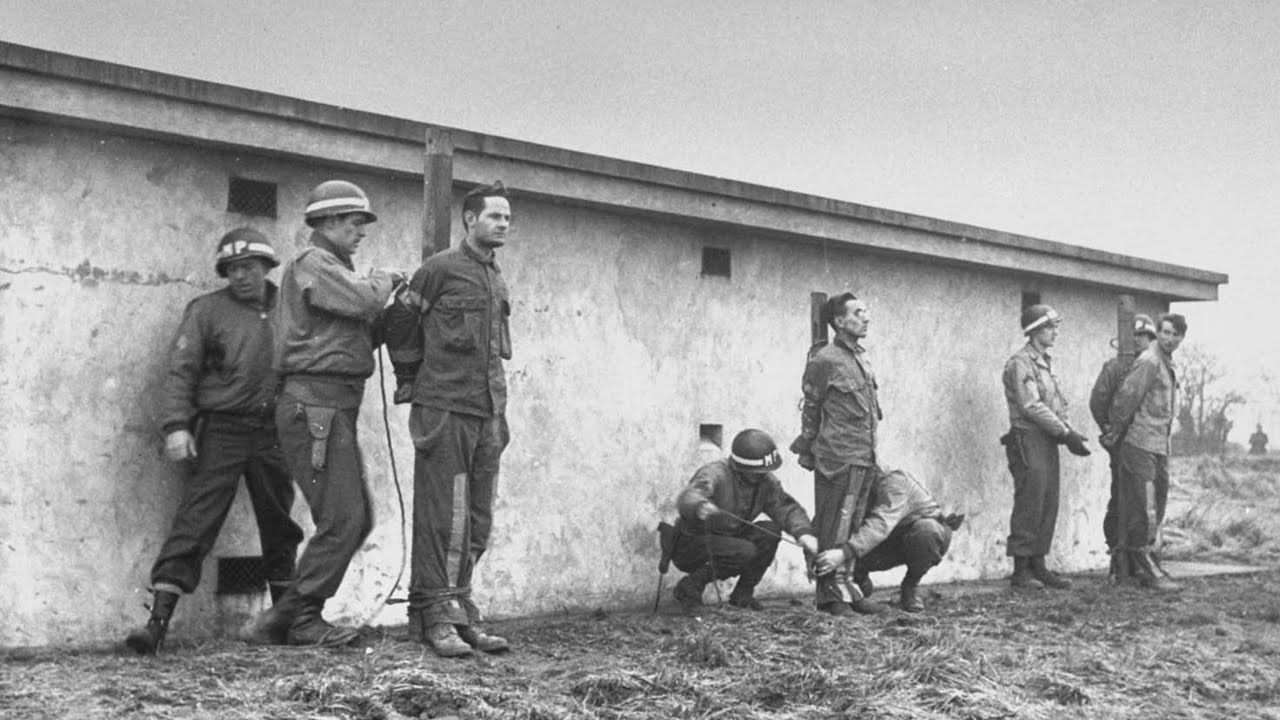The largest Axis POW escape of World War II refers to the mass escape of thousands of Italian and German prisoners of war (POWs) from Camp 59 in Servigliano, Italy, on September 14, 1943. The event was a major embarrassment for the Allies and a propaganda coup for the Axis powers, who saw it as a sign of weakness in their captors.
The escape was meticulously planned and executed by the prisoners, who had spent months digging tunnels and crafting counterfeit papers and uniforms. On the night of the escape, over 600 prisoners made it out of the camp and scattered into the countryside, with many eventually making their way back to their home countries.
The Italian and German authorities launched a massive manhunt to recapture the escapees, with some being caught and executed on the spot, while others were re-imprisoned or managed to evade capture for the remainder of the war.
The Servigliano escape remains one of the most audacious and successful POW breakouts in history, and is a testament to the ingenuity and resourcefulness of the prisoners who carried it out.
The Stalag Luft III escape was a significant event in World War II and has been the subject of many books and films. The escape itself was a remarkable feat of engineering, planning, and courage, but the aftermath of the escape was tragic.
Of the 76 men who escaped, only three made it to safety. Fifty were executed on the orders of Hitler, who was furious about the escape, and the rest were recaptured and sent back to prison. The three who escaped to safety were helped by sympathetic civilians and members of the resistance, who provided them with food, clothing, and shelter.
The escape had a significant impact on the morale of both the Allied prisoners and the German guards. For the prisoners, it was a demonstration that they could take control of their lives and make their own fate. For the Germans, it was a blow to their sense of superiority and invincibility.
The Stalag Luft III escape is a testament to the resilience and courage of the men who fought in World War II, both on the front lines and in the prison camps. It is a reminder that even in the darkest of times, there is always hope and a determination to survive.
The mass escape from Stalag Luft III is one of the most remarkable stories of World War II. Despite the ultimate failure of the escape, the bravery and determination of the Allied prisoners involved has captured the imagination of generations. It has also been the subject of several books, movies, and documentaries.
The escape attempt took place on March 24, 1944, and involved 76 Allied prisoners of war, mostly RAF officers. The men had spent months digging three tunnels, codenamed Tom, Dick, and Harry, in the hope of breaking out of the supposedly escape-proof camp. The tunnels were dug using homemade tools and were over 30 feet deep.
On the night of the escape, the prisoners crawled through the tunnels, which led beyond the camp’s perimeter fence. The plan was for them to disperse and make their way to freedom, hopefully blending in with the local population.
Unfortunately, the escape was discovered before all of the prisoners could get away. Of the 76 who had attempted to escape, only three made it to safety. Of the rest, 50 were recaptured, and 23 were shot on the orders of Hitler himself.
Despite the tragic outcome, the Stalag Luft III escape remains a testament to the determination and resourcefulness of the prisoners involved. It also highlighted the harsh realities of life as a prisoner of war and the lengths that some were willing to go to regain their freedom.
On the night of March 24, 1944, the prisoners began their escape. They had dug three tunnels – Tom, Dick, and Harry – using improvised tools such as pieces of wood, tin cans, and spoons. The tunnels were only 2 feet wide and 2 feet tall, but they were long enough to reach outside the perimeter of the camp. The first tunnel, Tom, was discovered by the Germans and destroyed, but the other two remained undetected.
The prisoners crawled through the tunnels one by one, carrying their belongings and disguises. They emerged outside the camp perimeter and scattered into the surrounding countryside. Some had maps and compasses, while others relied on their knowledge of the terrain. They all knew the risks they were taking – if caught, they would face certain death.
Over the next few days, the escaped prisoners traveled hundreds of miles, hiding in barns and haystacks during the day and moving only under the cover of darkness. They stole food and clothing from farms and homes, and avoided detection by speaking in various languages and using false identities.
Despite a massive manhunt by the Germans and the collaboration of the local population, many of the escapees managed to evade capture. A total of 76 men successfully escaped, making it the largest Axis POW escape of World War II. However, 73 of them were eventually recaptured and returned to the camp, while the other three made it to freedom with the help of the French Resistance.
The Great Escape, as it became known, was an incredible feat of ingenuity, determination, and bravery. It inspired a Hollywood film of the same name in 1963, which further popularized the story and immortalized the brave men who risked everything for their freedom.


